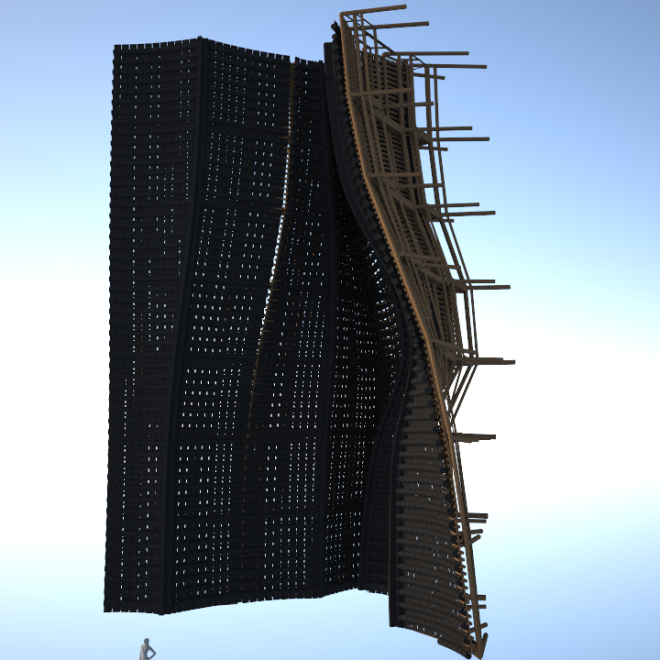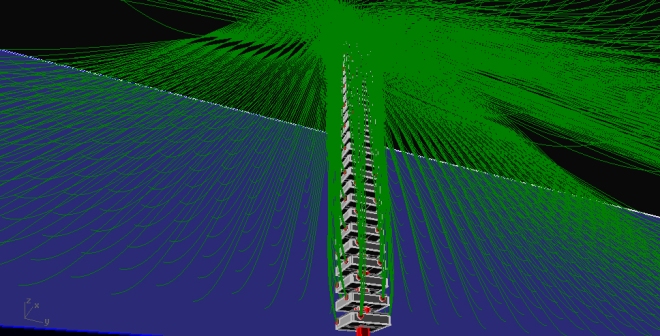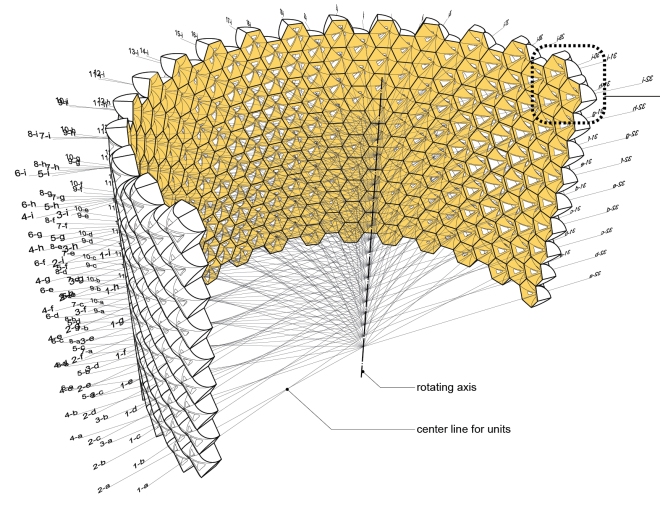
grasshopper
Vernacular Versatility
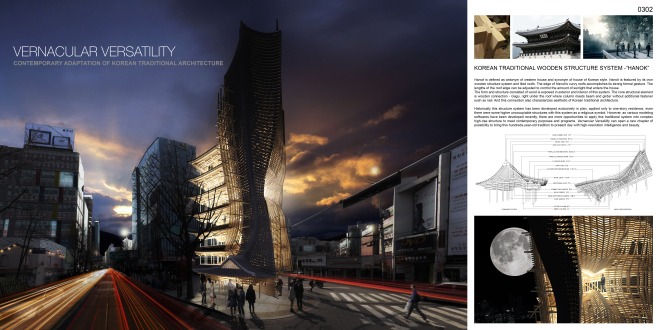
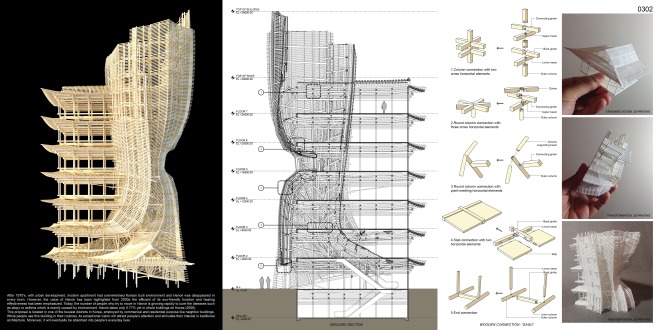
Winning proposal for 2014 Evolo Skyscraper competition
wip_03
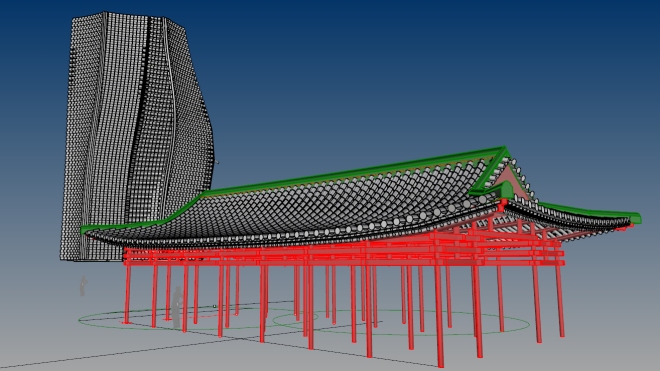
wip_02
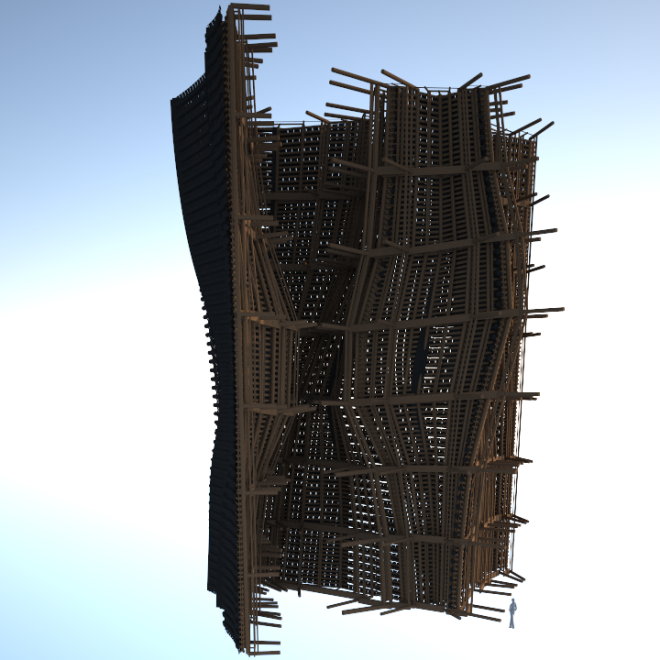
wip_01
Filament Mind _02
SEAT_process03
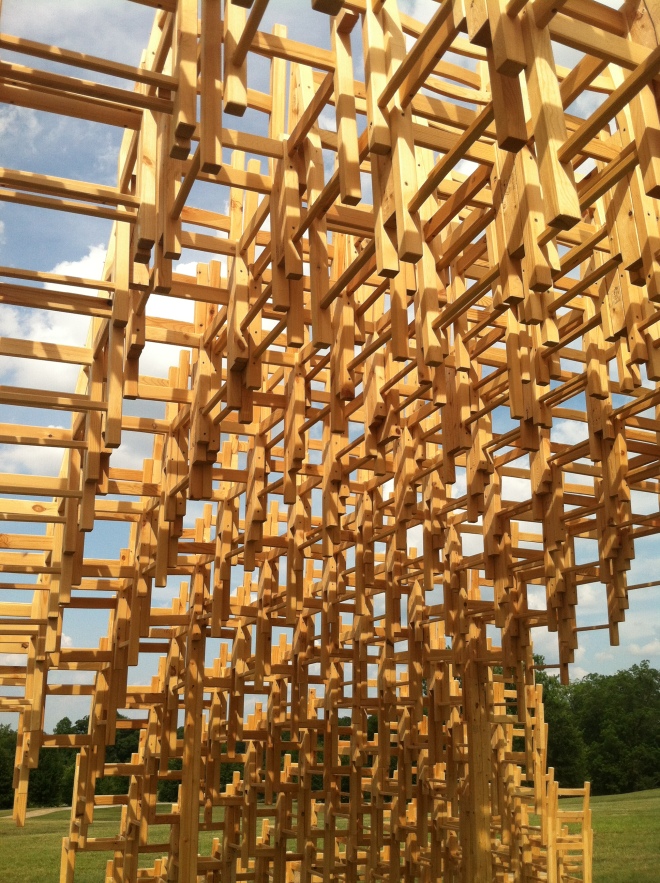
SEAT is completed. More pictures are coming soon!
Pattern : Redux
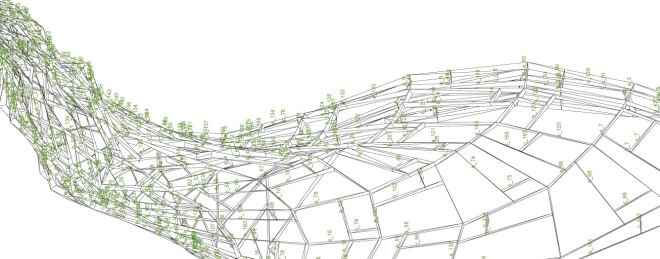
http://patternredux.wordpress.com/
Background
Pattern is back in architecture.
Decorative patterning of surfaces such as geometric tiled floors, screen walls or carved reliefs had flourished through ancient, medieval, renaissance, and neoclassical periods such that by the ascendance of modernism they were wholly taken for granted. Much of modernism,
and in particular the International Style, opted for the clean planes of color, monolithic material, and white walls that eventually caused the sophistication and ubiquitous presence of patterning to disappear.
However, over the last couple decades, through the ambitious attempts by Postmodernism, Deconstructivism and now Parametrics to develop a new vocabulary for architecture, the call for the pattern has emerged again. This emergence is almost single-handedly coupled with the integration of advanced design and production technology in architecture. Patterning is once again a fundamental creative act in architecture and through the use of digital technology the pattern has entirely shifted from its previous role as secondary or tertiary ornament to the primary creative gesture of building.
This class will expose students to this new paradigm of the pattern through a Pattern Redux.
Approach and Goals
Individual students will develop their own projects through the session beginning with precedent pattern studies, followed by pattern evolutions and concluding with pattern creations. They begin by choosing a historical or existing project to study and present as a basis for their logical investigation. Students will translate information from their studies into digital material and specify, discover, add and articulate new digital patterns based on the extracted logics of their precedents. Digital pattern translation will be taught using Rhino Grasshopper, Generative Components or 3D Studio Max and tutorials will be specifically crafted to engaging pattern discourse. The projects students will study and
ultimately create can have any size and function from a small art piece to a building or a map. The projects will be approached and evaluated within the conceptual context described above, looking at how students can articulate a redux of pattern through intense analysis, digital translation, and intuitive transformation through the spectrums outlined. Fundamentally, pattern will be adopted by students to denote a new interpretation of architecture. The goal of the class is to give students the technical skills and knowledge to engage the contemporary discourse of patterns in architecture by seeking new interpretations of existing work and by evolving them towards a hybridized conceptual state that traverses historical institutions and contemporary digital design methodologies.
Instructor : Yong Ju Lee, MSU
Arduino+Metaball
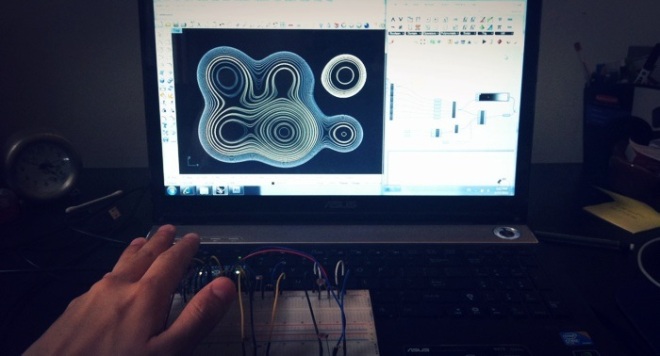
Firefly test
The Dynamic Performance of Nature_06
lastest animation
